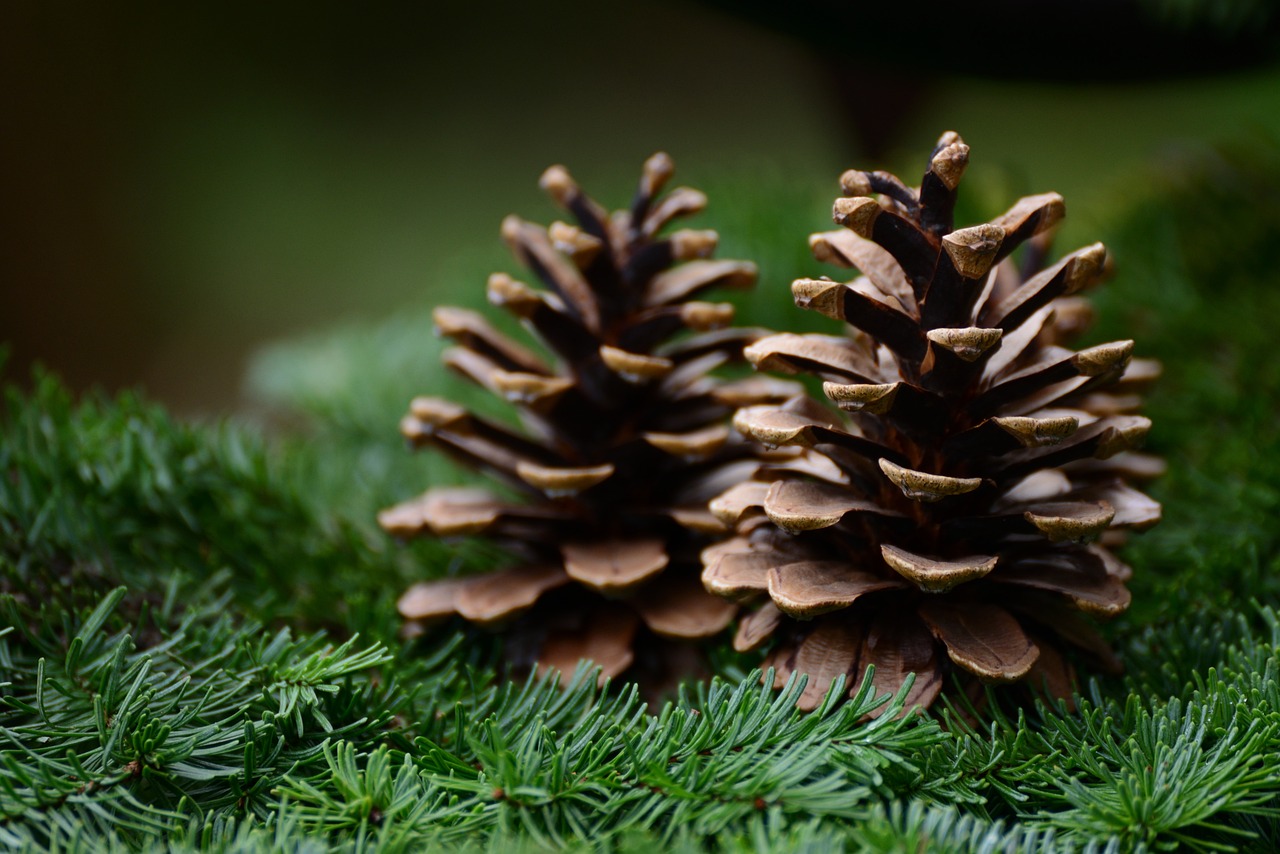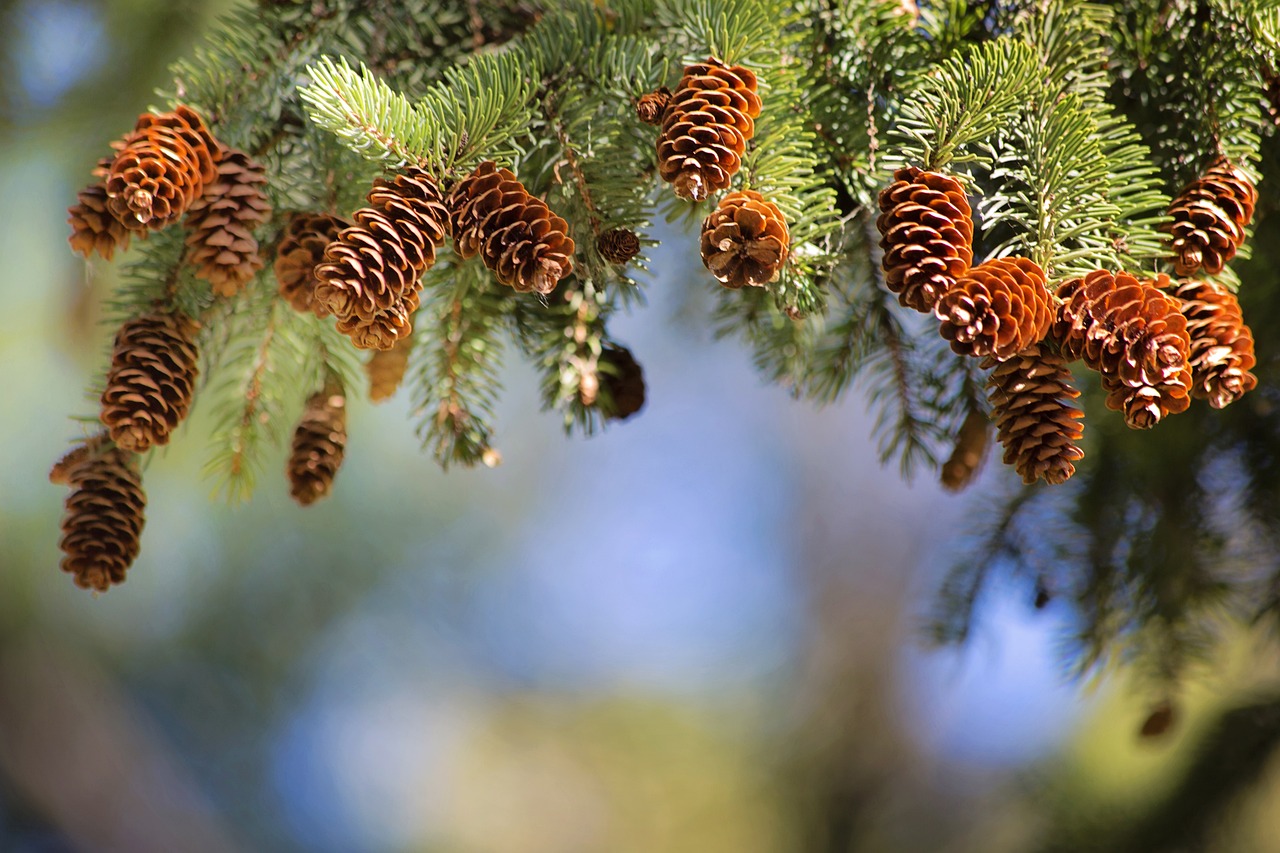“`html
Understanding the Magnificent Pine: A Comprehensive Guide
The pine tree, a symbol of longevity and resilience, is a common sight in many parts of the world. Known for its towering stature and needle-like leaves, the pine tree holds a special place in various cultures and ecosystems. This guide will give you an in-depth understanding of pine trees, their characteristics, how to grow them, and other essential aspects. Whether you’re a botany enthusiast or just curious about this magnificent tree, read on to discover more.
Pine Tree Basics
Habitat and Distribution
Pine trees belong to the Pinaceae family and are primarily found in the Northern Hemisphere. They thrive in diverse environments ranging from cold, mountainous regions to tropical forests. Pines are adaptable and can grow in various soil types, although they prefer well-drained soil. They are a vital component of many ecosystems, providing habitat and food for a wide range of wildlife.
Characteristics of Pine Trees
Pine trees are evergreen conifers, meaning they retain their leaves throughout the year. These trees are easily recognizable by their long, slender needles, which are often grouped in clusters. Pines can grow to impressive heights, with some species reaching over 80 meters. The bark is typically thick and scaly, providing protection from harsh weather and forest fires. Pine cones, which contain the seeds, are another distinctive feature of these trees.
Symbolism and Meaning
In various cultures, pine trees symbolize strength, endurance, and wisdom. In Japan, the pine is associated with longevity and virtue, often depicted in art and literature. The ancient Celts revered the pine tree as a symbol of fertility and new beginnings. Pine trees’ resilience and evergreen nature make them a powerful symbol of continuity and life.

How to Grow Pine Trees
Choosing the Right Species
With over 100 species of pine trees, selecting the right one for your environment is crucial. Consider factors like climate, space, and soil conditions. Some popular species include the Eastern White Pine, Scots Pine, and Ponderosa Pine. Each species has its own unique characteristics and growth requirements.
Planting Pine Trees
When planting pine trees, choose a site with ample sunlight and well-drained soil. It’s best to plant them in early spring or fall when temperatures are mild. Dig a hole twice as wide as the root ball and just as deep. Place the tree in the hole, ensuring the root collar is at ground level. Fill the hole with soil and water thoroughly to eliminate air pockets. Mulching around the base can help retain moisture and suppress weeds.
Caring for Pine Trees
Pine trees are relatively low-maintenance once established. Water young trees regularly, especially during dry spells. Fertilization is generally unnecessary unless the soil is particularly poor. Pruning isn’t typically required, but removing dead or diseased branches can promote healthy growth. Watch for pests like pine beetles and diseases such as rust or blight, and take action promptly if they occur.

Additional Insights into Pine Trees
Uses of Pine Trees
Pine trees have numerous uses, from timber and paper production to ornamental landscaping. Pine wood is valued for its strength and versatility, making it a popular choice for furniture and construction. Pine resin is used in products like turpentine and rosin. Additionally, pine nuts, found in some species, are a tasty and nutritious food source.
Ecological Importance
Beyond their economic value, pine trees play a crucial role in their ecosystems. They act as carbon sinks, absorbing carbon dioxide and releasing oxygen. Pine forests provide habitat and food for wildlife, including birds, mammals, and insects. The fallen needles create a unique forest floor environment that supports various plant and animal species.
Interesting Facts
- The oldest known living pine tree is a Great Basin Bristlecone Pine, estimated to be over 4,800 years old.
- Pine needles have a high concentration of vitamin C, traditionally used by indigenous peoples for medicinal purposes.
- Pine trees are naturally resistant to many pests and diseases, contributing to their longevity and robustness.
Conclusion
Pine trees are remarkable not just for their beauty and symbolism, but also for their ecological and economic importance. Whether you’re interested in growing your own pine tree or simply appreciating them in nature, understanding their unique characteristics and care requirements is essential. For more information on tree care and gardening, visit our gardening tips page. For further reading, check out this external resource on pine trees.
By nurturing and understanding pine trees, we contribute to the sustainability of our planet and continue the legacy of these majestic giants.
“`
